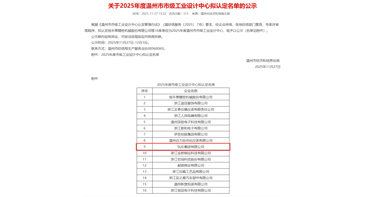What is a Power Transformer?

 Site Editor
Site EditorIn the realm of electrical engineering and power distribution, the power transformer stands as a crucial and indispensable component.
A power transformer is an electrical device that transfers electrical energy between two or more circuits through electromagnetic induction. It is primarily used to change the voltage level of alternating current (AC) power. This transformation of voltage is essential for the efficient transmission and distribution of electrical power over long distances.
How Does it Work?
The power transformer consists of two or more coils of wire, known as windings. One winding, called the primary winding, is connected to the input power source. The other winding, or windings, known as the secondary winding(s), is connected to the output load.
When an alternating current flows through the primary winding, it creates a changing magnetic field. This magnetic field induces a voltage in the secondary winding according to Faraday's law of electromagnetic induction. The ratio of the number of turns in the primary and secondary windings determines the voltage transformation ratio.
For example, if a transformer has a higher number of turns in the secondary winding than in the primary winding, it will step up the voltage. Conversely, if there are fewer turns in the secondary winding, it will step down the voltage.
Why is it Important?
Power transformers play a crucial role in the electrical power grid for several reasons.
Firstly, they enable the efficient transmission of electrical power over long distances. By stepping up the voltage at the power generation site, the current is reduced, resulting in lower transmission losses. At the distribution end, the voltage is stepped down to a level suitable for use by consumers.
Secondly, power transformers provide electrical isolation between different parts of the power system. This isolation helps protect equipment and personnel from electrical faults and ensures the safety and reliability of the power supply.
Finally, power transformers can be designed to meet specific requirements such as voltage regulation, impedance matching, and harmonic filtering. This flexibility allows for the optimization of power systems to meet different load conditions and performance criteria.
Types of Power Transformers
There are several types of power transformers, including:
Distribution Transformers: These are used to step down the voltage from the transmission level to a lower voltage suitable for distribution to homes, businesses, and industrial facilities.
Power Transformers for Substations: These large transformers are used in electrical substations to transfer power between different voltage levels and to connect different parts of the power grid.
Special Purpose Transformers: These include transformers designed for specific applications such as rectifier transformers, furnace transformers, and traction transformers.
In conclusion, the power transformer is a fundamental component of the electrical power system. Its ability to transform voltage levels efficiently and provide electrical isolation makes it essential for the reliable transmission and distribution of electrical power. As technology continues to advance, power transformers will continue to evolve to meet the growing demands of the modern power grid.







